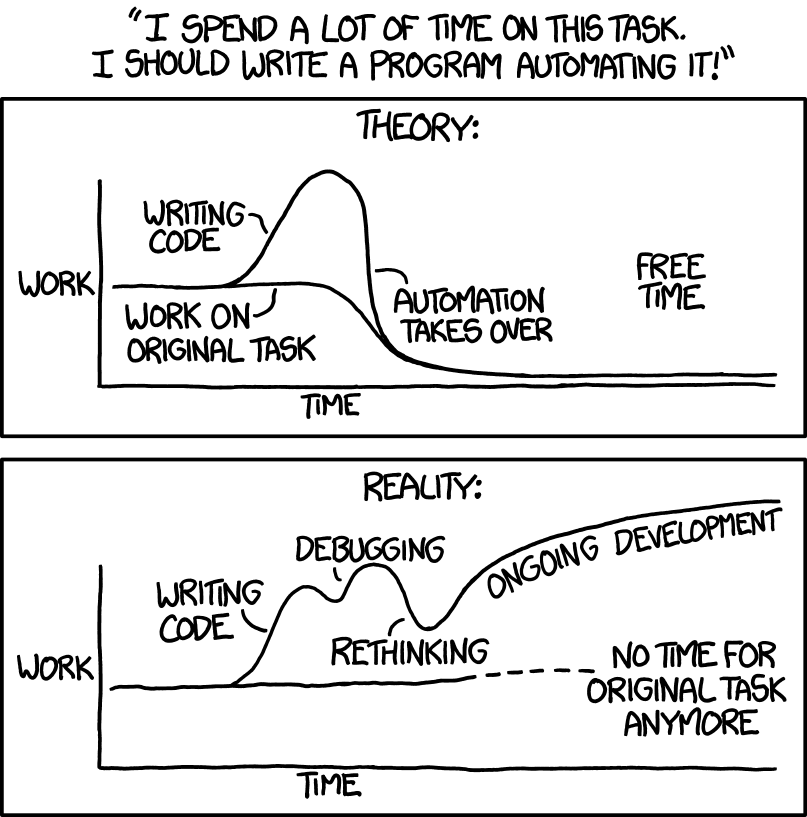🐔 What happened with my project on the Rinha de Backend challenge

I participated in the Rinha de backend (pt-BR) or “Backend Rooster Fight” in English challenge and I was super excited to see the results of my super hacky and performant solution.
The results were scheduled to be published at 21:00 BRT (2 AM CEST my local time). So I stayed up til later that night grabbed popcorn, and waited for the results.
Well, I wish I hadn’t waited…




